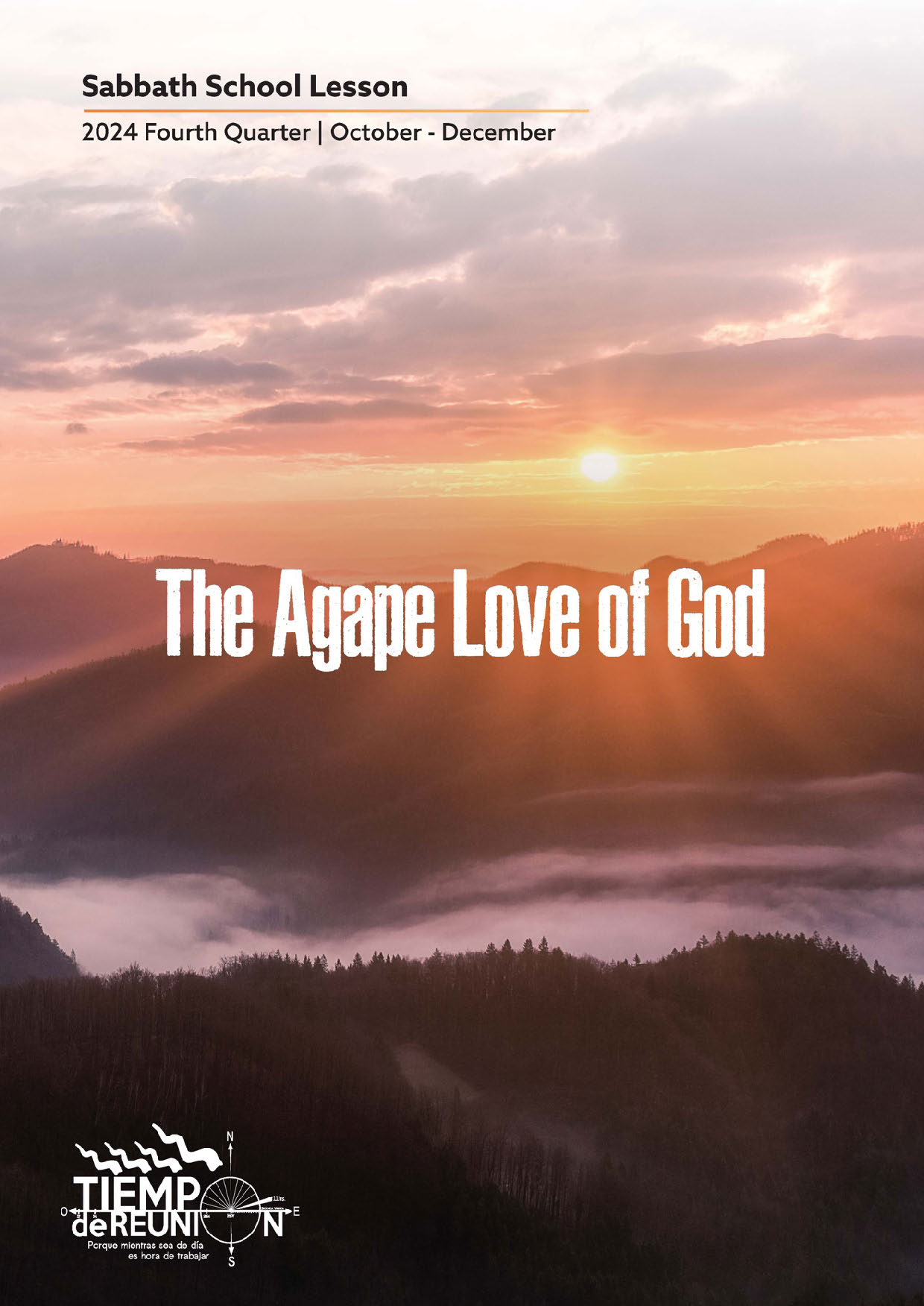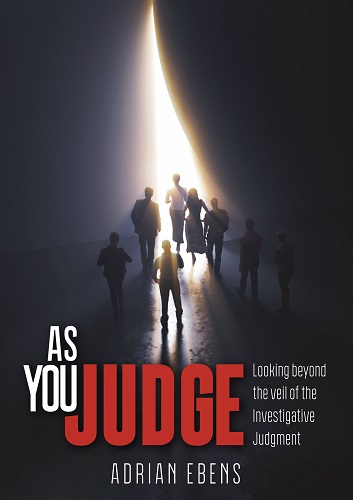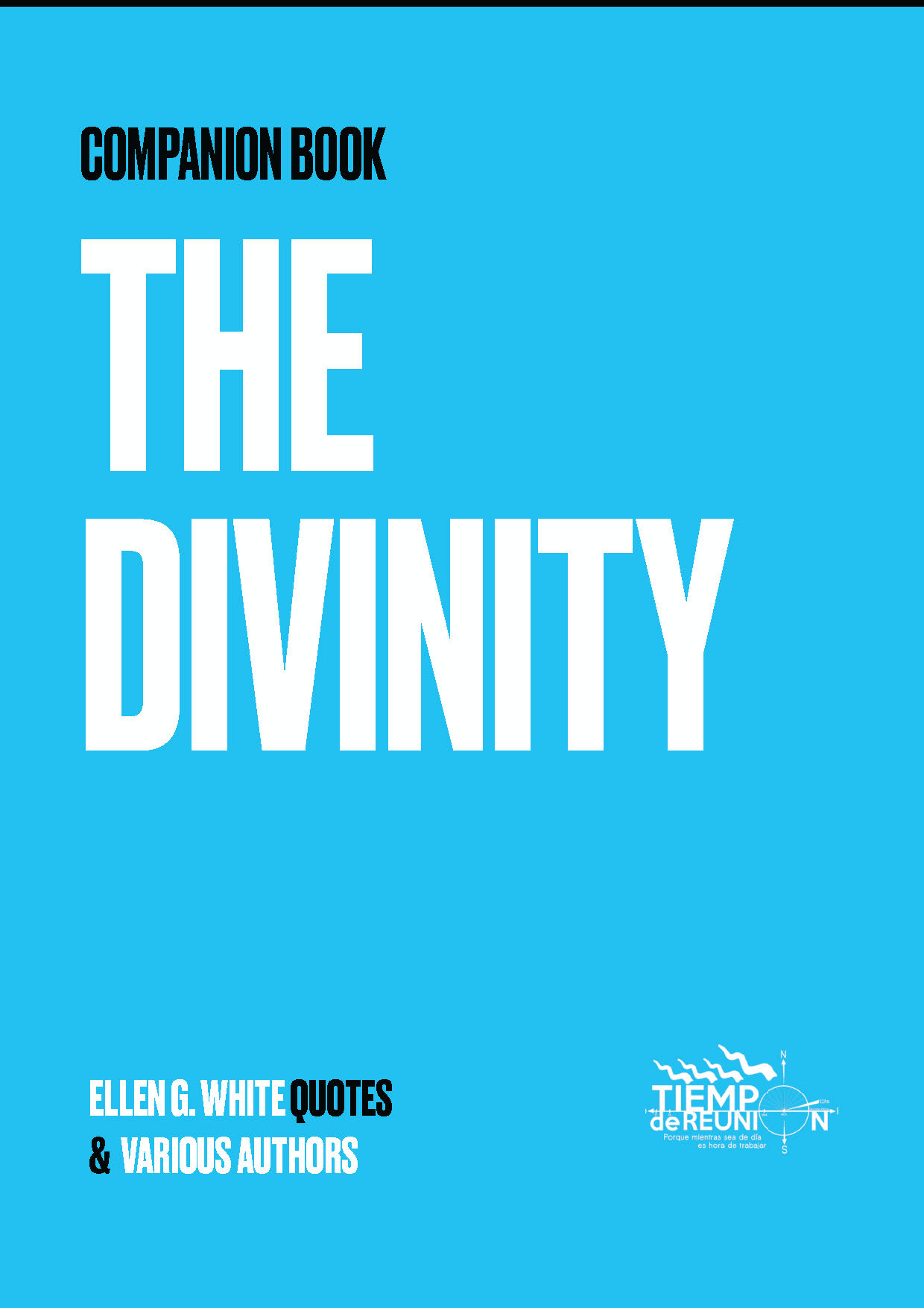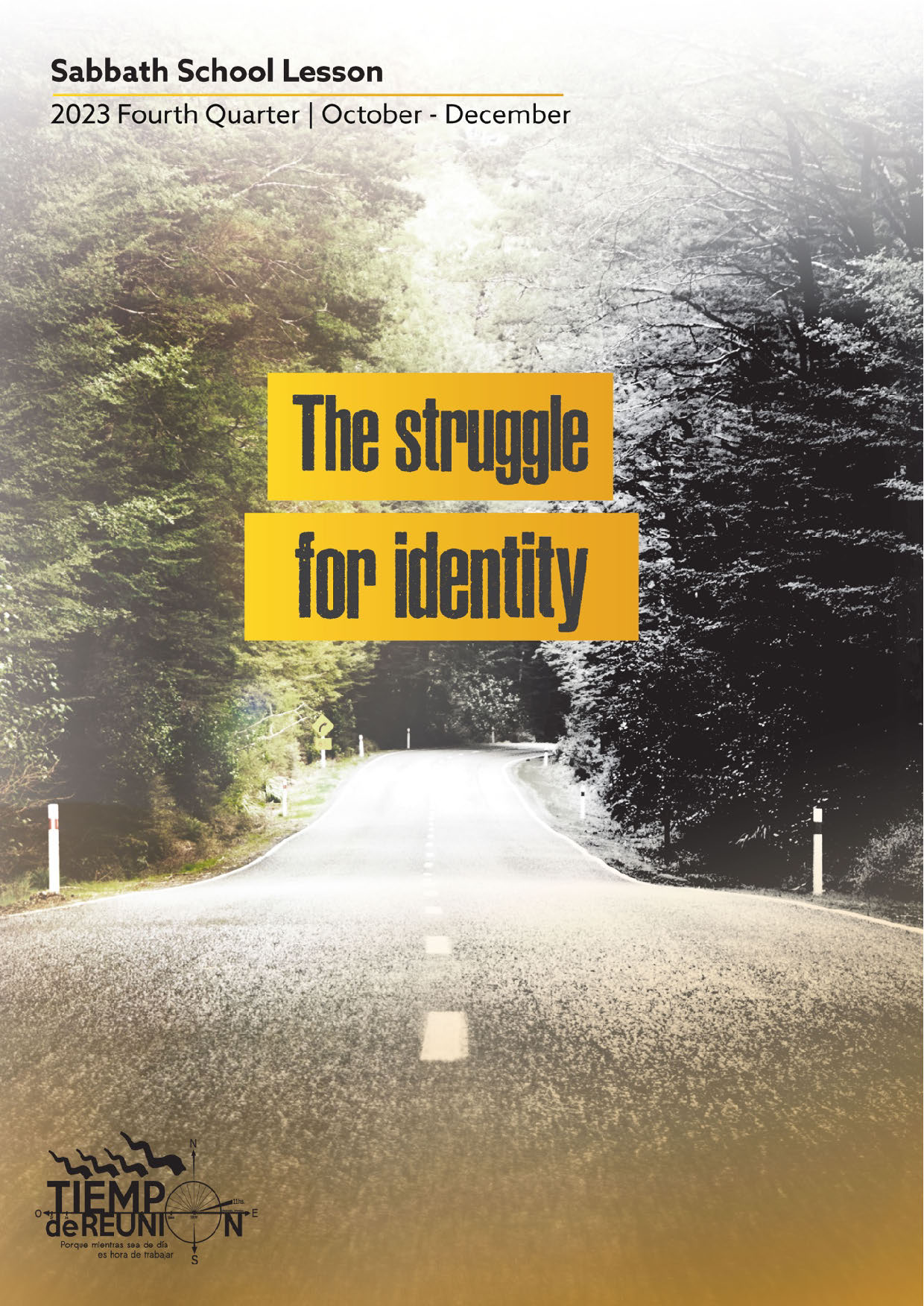Testimony on Translation Work
Dear family,
I wanted to share this little testimony to encourage those of you who are struggling with translation work, and those who have been thinking about translation, but are hesitant to start.
I have been working with translation to Norwegian the last couple of years, and it has been a very challenging task for me. I started as a beginner. Upon my third translation, I was so challenged that I became convinced translation was not for me, and I was wasting our Father's time. But just before submitting that work as (bad as) it was, and then never translate again, our Father encouraged me greatly to continue by making me aware of two online tools that I didn't know existed. Before this help came, I was only using Google Translate and online word and synonym dictionaries to help me. But Google Translate would give me a word-for-word translation which often was quite far away from how Norwegians say it, so it was very unsatisfactory. The tools that our Father made me aware of are Chat GTP and DeepL. Let me explain:
* Chat GTP (at https://chat.openai.com/) is artificial intelligence that also offers translation. You open an account and then start chatting, ie. asking questions, and from the www it gathers info and gives you an answer. It's like an intelligent Google that you can talk to. For translation, one needs to ask in the chat field, please translate to ... (the language of your choice), and then on the next line you paste in the text you want to translate. To my joyful surprise it translated some difficult parts I struggled with so beautifully, far better than my husband, who is a native Norwegian speaker!:-D (I myself was not born in Norway.) The interesting thing is that afterwards you can ask it to rephrase the translation; you can ask it: Please say it differently. And if you are still not happy, you can ask it to say it differently again. Once, I even asked: Please say it differently three times.:-D You can also ask it to use more or less words, and things like that.
* DeepL (at https://www.deepl.com/) is an online translation site, like Google Translate, but again to my delightful surprise it did not give me a word-for-word translation, but something which was either the same or very close to the way Norwegians say it. That was a huge blessing! DeepL offers also whole-file-translation.
Upon receiving these two tools (they came to me almost at the same time), I started using passage for passage translation, where I would copy the text into both Chat GTP and DeepL, and then copy the best translation or a mix of the two into my document as my translation template to work on. And because the quality of the translation was so much better, this accelerated the work greatly. Even the rules for sign setting (commas, etc.) were many times rightly proposed. Hallelujah! Two books later, I started using the whole-file-translation feature in DeepL for smaller booklets, and I felt I could move away from using Chat GTP almost completely (well maybe because the level of complexity for those two booklets was not that high). I felt DeepL alone was good enough. Mind you, our Father has also been working a lot on me during this process to give up my demand for perfectionism! So now, it is not often that I feel the need for rephrasing, and when I do, I try with Chat GTP. But sometimes even that won't help. So still, but less frequently, there is a need for the use of word and synonym dictionaries online.
So I just wanted to encourage people in our family who are translating or have been thinking about translation, to give DeepL a try! Sadly, there is a limitation on which languages it offers. Also, the free use of the feature for whole-file-translation is limited. But upon commencing this work, I would suggest that you start with their free online option to see the quality of the translation in the language of your choice. Also, I don't want to give the impression that using whole-file-translation will do the job for you. It's tempting to have the whole file "translated", but good translation needs working sentence by sentence; you save only "copy and paste" and the need to work online (if that is important), but apart from that the translation is the same as for their free online translation, which gives you up to a whole page at the time to work on.
In ending, this is a short summary of my experience with translation work so far:
* Google Translate was not helpful for me. Sometimes it made it even worse; seeing the translation, which in my case was very English-Norwegian, would lead me on a path away from native Norwegian.
* I recommend doing a search for other sites that offer online translation for your language. I don't know why I didn't search for this. I might have discovered DeepL or other sites available earlier. Also, please feel free to contact me or one of our experienced translators for tips and advice, especially if you are struggling. I also don't know why I didn't reach out to our family.
* At this stage, I think DeepL gives by far a decent translation template to work on. It translates/thinks very close to native Norwegian, and for me that was a game changer from Google Translate.
* For a second opinion on difficult parts, I ask Chat GTP to generate a translation of those passages. I have found it to be a really nice addition to DeepL.
* Glosbe.com is my favorite bilingual dictionary online, as it also provides many examples of sentences where a word I am looking up is used. I also use monolingual and synonym dictionaries online.
* At the end of translation, if you, like me, don't have auto-correction in the program you are using, I upload the document on Google Drive and then use the auto-correct option there to find spelling and grammar mistakes.
* For the Bible verses, I check the DeepL translation with an online or my printed Norwegian Bible or with both of them, to find the best translation for the English text. The result is that sometimes I copy from one of the two Norwegian Bibles, or a mix of the two or a mix of the free translation plus one or both of those two Bibles. For the sign setting, I am not that anxious any more, as I have discovered that different Bibles use differing sign settings, and unless it is crucial, or it is the subject of our study for a verse, I don't worry about it.
* Over all, when I look back now from when I started, I have lost a lot of fear and a HUGE amount of my demand for perfectionism. The most important thing now is not finding the best words, making perfect sentences, or perfect use of signs. The most important thing is that the right meaning of what is conveyed by the author comes through for the native listener!
I pray that this little sharing can be an encouragement to you who is working or is considering working with translation. Please, don't hesitate to contact me if you have any questions about this much blessed work.





